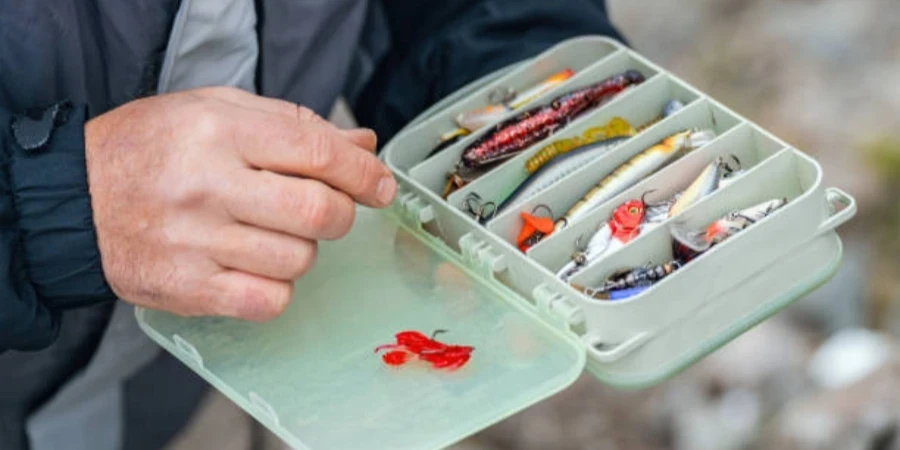Table of Contents
● Introduction
● Understanding the Main Types and Their Applications
● The Evolving Market for Fishing Tackle Boxes in 2025
● Critical Factors to Evaluate Before Making a Selection
● Leading Models and Their Unique Features
● Conclusion
Introduction
Fishing tackle boxes are indispensable tools for anglers, designed to keep gear organized, protected, and easily accessible. These products provide efficient storage solutions for lures, hooks, lines, and other essentials, ensuring anglers are well-prepared for varying fishing conditions. From compact designs for lightweight portability to expansive, heavy-duty options for carrying extensive gear, tackle boxes cater to diverse fishing techniques and environments. With advanced features like waterproofing, customizable compartments, and ergonomic portability, they not only safeguard valuable equipment but also enhance the overall fishing experience, saving time and improving convenience on every trip.
Understanding the Main Types and Their Applications
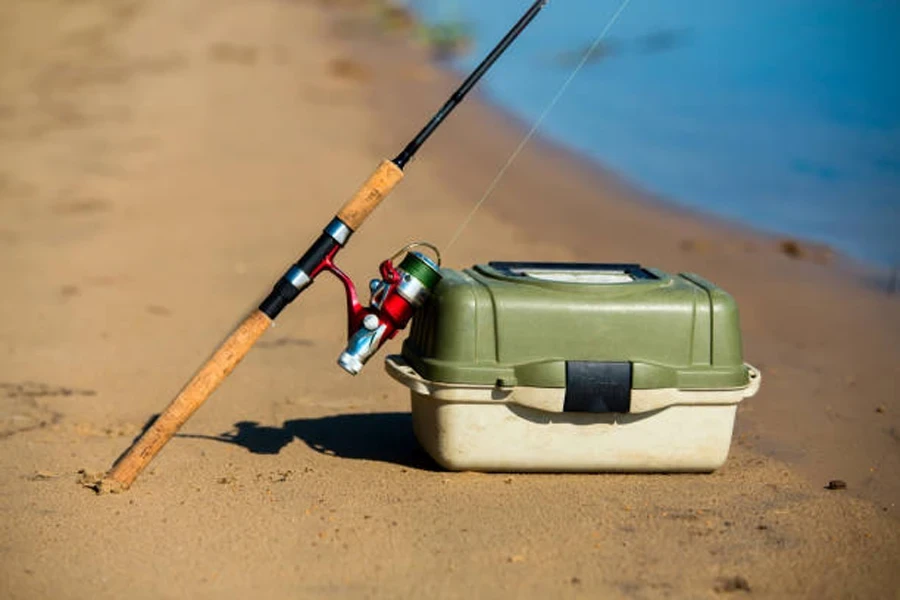
Hard-sided tackle boxes
Hard-sided tackle boxes, typically constructed from durable plastic or metal, are designed to provide maximum protection for fishing gear. Their rigid structure ensures resistance against impacts, making them ideal for safeguarding delicate tools and accessories. These boxes often feature multiple trays and compartments, allowing for efficient organization of extensive tackle collections. Their robust build is particularly suited for anglers who require secure storage and prefer stationary setups during fishing expeditions.
Soft-sided tackle bags
Soft-sided tackle bags offer a lightweight and portable alternative to traditional hard boxes. Made from flexible materials like nylon or polyester, they are easy to carry and often include adjustable straps for convenience. These bags typically feature numerous external pockets and internal compartments, providing quick access to essential items. Their compact design makes them an excellent choice for anglers prioritizing mobility, such as those fishing from kayaks or navigating tight spaces.
Backpack tackle systems
Backpack-style tackle systems are engineered for enhanced portability and weight distribution, catering to anglers traversing rugged terrains or remote fishing spots. These systems often include padded shoulder straps and ergonomic designs to ensure comfort during long journeys. With multiple compartments and built-in features like rod holders, they provide a hands-free solution for transporting gear while maintaining organized storage for all fishing essentials.
Modular and specialized boxes
Modular and specialized tackle boxes stand out for their customizable interiors and advanced protective features. These boxes often incorporate removable dividers and bins, allowing anglers to tailor storage configurations for specific fishing setups. Many models are equipped with waterproof seals and rust-resistant coatings, making them suitable for marine environments or extreme weather conditions. Their adaptability and durability address the needs of professional anglers handling diverse gear types.
The Evolving Market for Fishing Tackle Boxes in 2025

Market growth and consumer preferences
The fishing tackle box market continues to expand, with its global value projected to exceed $3 billion by 2026, driven by a compound annual growth rate (CAGR) of 4.9% from 2020 to 2027. As anglers prioritize convenience and efficiency, there is a rising preference for lightweight, portable designs with high durability. Increasing awareness of environmental sustainability has also led to growing demand for eco-friendly materials and recyclable components in tackle box manufacturing. These trends reflect the evolving priorities of both casual and professional fishing communities.
Technological integration and innovation
Technological advancements are reshaping tackle box features, with waterproof seals and rust-preventive coatings becoming standard. Customizable compartments, modular grid systems, and innovative storage designs address the diverse needs of anglers. For instance, boxes with UV-resistant exteriors and airtight seals cater to long-term gear protection in challenging environments. Additionally, multi-functional designs integrate elements like rod holders and external tool docks, appealing to anglers who value versatility and efficient gear management.
Price trends and accessibility
The market offers a wide range of options, balancing premium features and affordability. While advanced models featuring modular layouts and cutting-edge materials cater to high-end buyers, budget-friendly alternatives ensure broader accessibility. Increased online sales platforms and regional availability have further enhanced accessibility, contributing to market growth. This diversification ensures that tackle boxes meet varied requirements, from compact models for minimalist setups to expansive storage for extensive gear collections.
Critical Factors to Evaluate Before Making a Selection
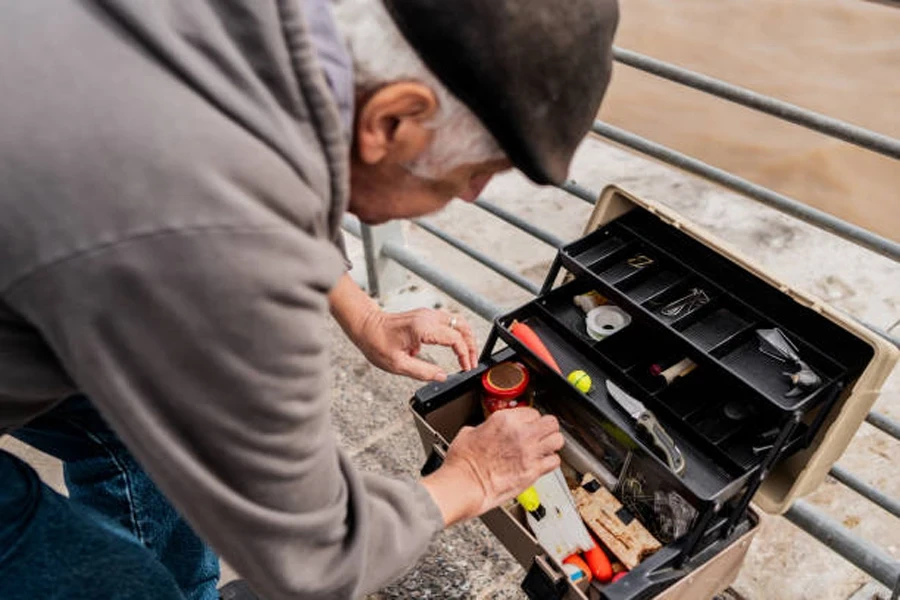
Durability and material quality
The choice of material significantly affects the durability and performance of tackle boxes. Metal options offer exceptional strength and resistance to physical impacts but are prone to rust in humid or saltwater conditions. Plastic models, made from advanced polymers, strike a balance by being lightweight, impact-resistant, and highly durable, often featuring waterproof seals to protect against moisture. Fabric tackle boxes, typically crafted from heavy-duty nylon or polyester, are lightweight and flexible but may lack the structural integrity of hard-sided options. Selecting a material depends on the intended usage, with plastic and metal being ideal for rugged environments, while fabric options excel in portability.
Size and storage capacity
The size and internal configuration of a tackle box should align with the angler’s gear requirements and fishing techniques. Compact models with limited compartments are well-suited for minimal setups, while larger options with modular designs accommodate extensive collections of lures, lines, and tools. Adjustable dividers and multi-level trays enhance storage efficiency, allowing for organization based on item type or frequency of use. Evaluating the compatibility of a box’s compartments with the size and variety of equipment ensures optimized storage and prevents clutter.
Portability and weight
Portability is a critical consideration, particularly for anglers moving between fishing spots. Lightweight designs reduce strain during transportation, with features like ergonomic handles, padded shoulder straps, and wheeled options enhancing ease of movement. Backpack tackle systems provide additional versatility, distributing weight evenly for long treks. Selecting a tackle box with portability features tailored to the fishing environment can greatly enhance user convenience and mobility.
Resistance to environmental factors
Fishing tackle boxes must withstand exposure to challenging conditions, including water, UV rays, and temperature fluctuations. Waterproof designs with airtight seals protect contents from moisture damage, crucial for anglers operating in rainy or marine environments. UV-resistant materials prevent fading and degradation from prolonged sun exposure, ensuring longevity. Selecting a box based on its compatibility with freshwater or saltwater conditions provides additional assurance of durability in varying settings.
Leading Models and Their Unique Features
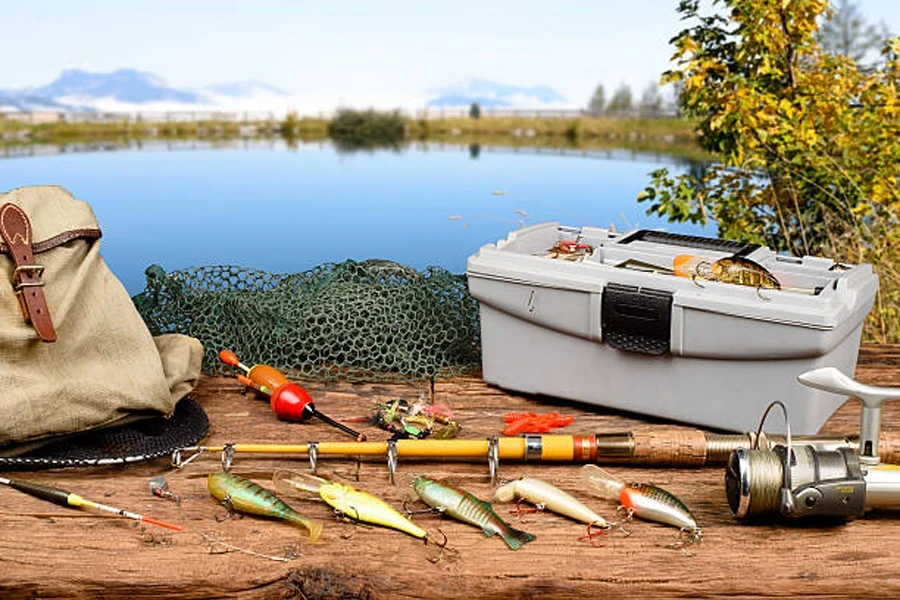
Models optimized for heavy-duty use
Heavy-duty tackle boxes cater to anglers who require robust storage for extensive gear collections. These models often feature rigid frames constructed from durable plastic or reinforced materials to withstand rough handling and harsh environments. Rolling tackle boxes, equipped with wheels and retractable handles, are popular for transporting heavy loads without strain. Additionally, large stationary designs with multiple compartments and trays offer maximum storage capacity, ideal for professional anglers or multi-day expeditions. These designs emphasize stability and accessibility, ensuring that tools and tackle remain organized even in challenging conditions.
Lightweight and compact models
Compact tackle boxes are designed for convenience and portability, making them perfect for short fishing trips or casual outings. Their smaller size and lightweight construction allow easy transportation, while features like adjustable compartments enhance versatility. Many models include floatable designs, offering peace of mind in case of accidental drops into water. These tackle boxes are particularly favored by minimalists, providing efficient storage for essential tools and baits without adding unnecessary bulk. They combine portability with functional storage, catering to anglers who value simplicity.
Advanced customizable options
Customizable tackle boxes address the need for tailored organization, incorporating modular compartments and grid systems. These designs allow users to reconfigure storage spaces to fit specific gear, from large lures to delicate hooks. Rust-resistant coatings and waterproof seals protect contents from environmental damage, making them suitable for long-term use in diverse settings. Innovative grid systems enable precise arrangement, ensuring quick access to items while maintaining order. These models are particularly appealing to anglers with diverse gear collections, as they balance adaptability with durability.
Multi-purpose and versatile designs
Versatile tackle boxes blend functionality with innovative design, often doubling as travel or outdoor gear. Backpack-style systems, with ergonomic padding and adjustable straps, distribute weight evenly for comfort during long treks. Hybrid designs combine the flexibility of soft-sided bags with the structure of hard boxes, making them suitable for both fishing and other outdoor activities. These multi-purpose options provide a balance between storage capacity and mobility, appealing to anglers who require adaptable solutions for various environments and activities.
Conclusion
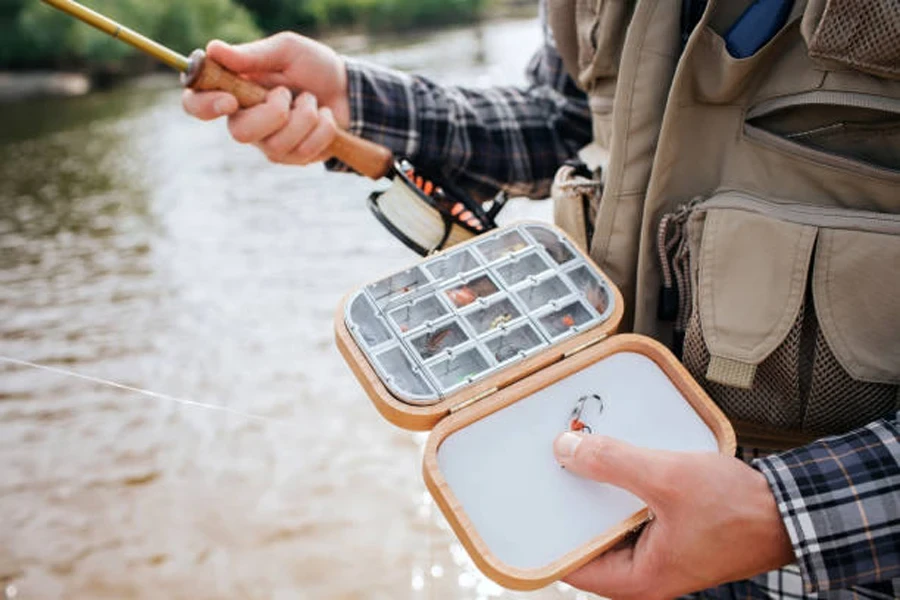
Fishing tackle boxes play a vital role in ensuring efficient organization and protection of gear, enabling smooth fishing experiences across diverse environments. By offering tailored solutions in terms of durability, portability, and advanced customization, they address a wide range of preferences and needs. Whether prioritizing lightweight convenience or robust storage, selecting the right model is essential for maximizing functionality and longevity. Carefully evaluating the features, materials, and design elements ensures that anglers are equipped with reliable tools, making each fishing expedition more productive and enjoyable.
